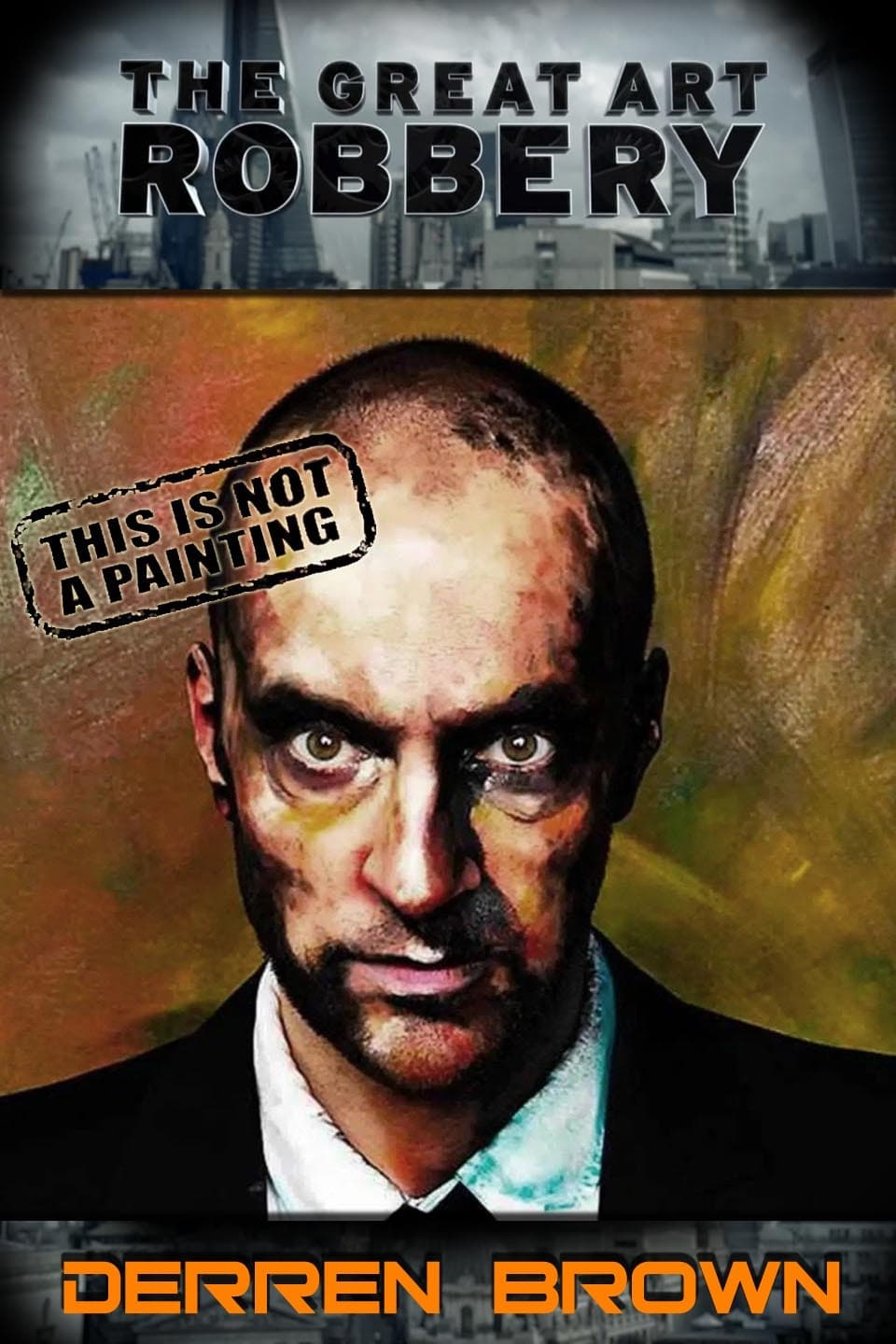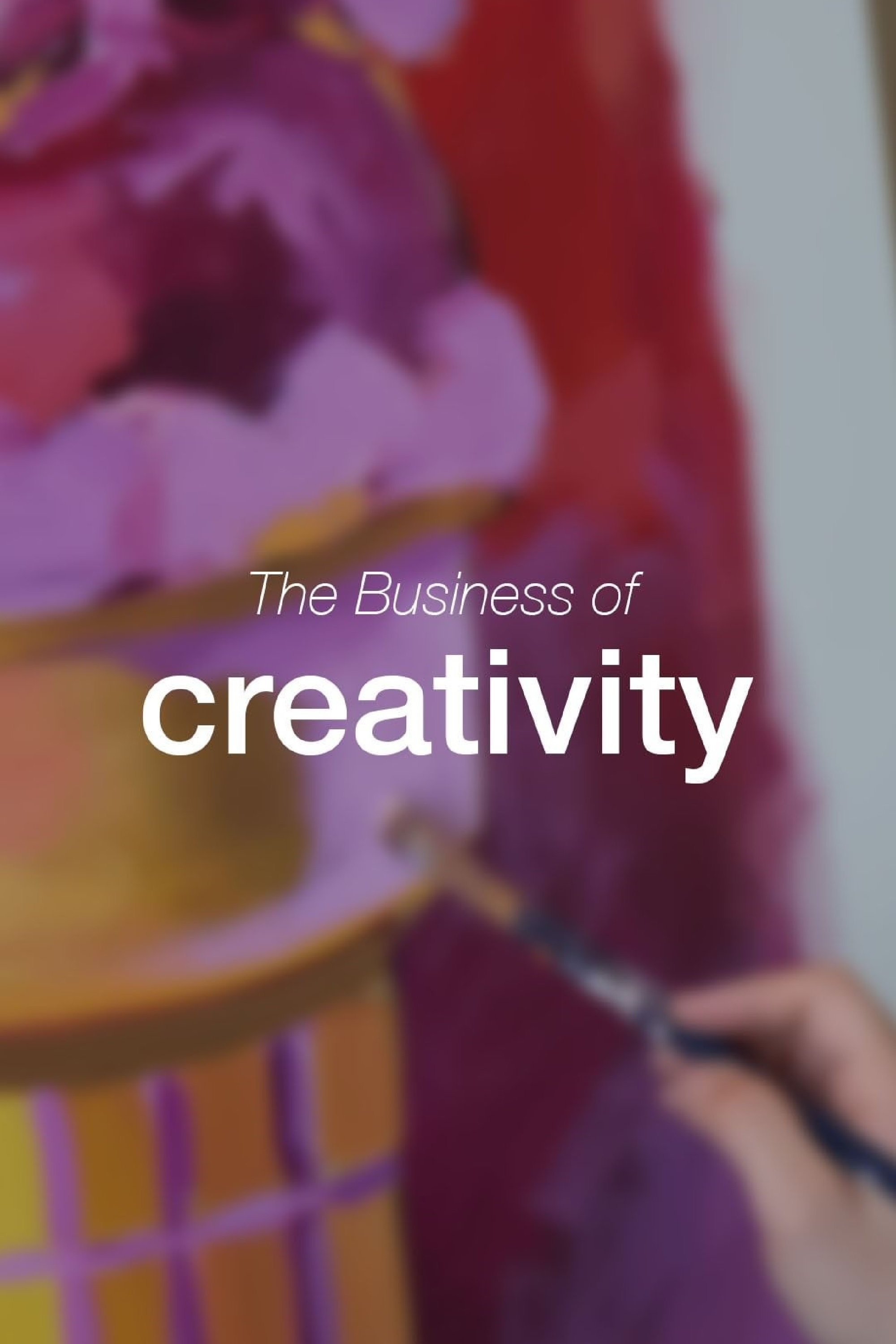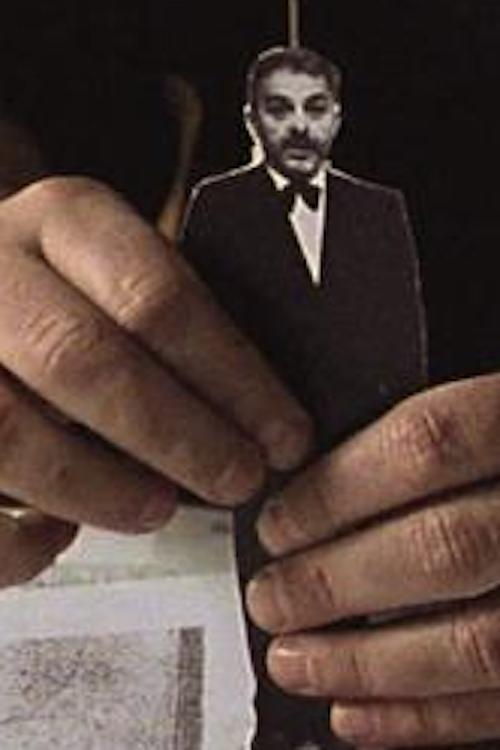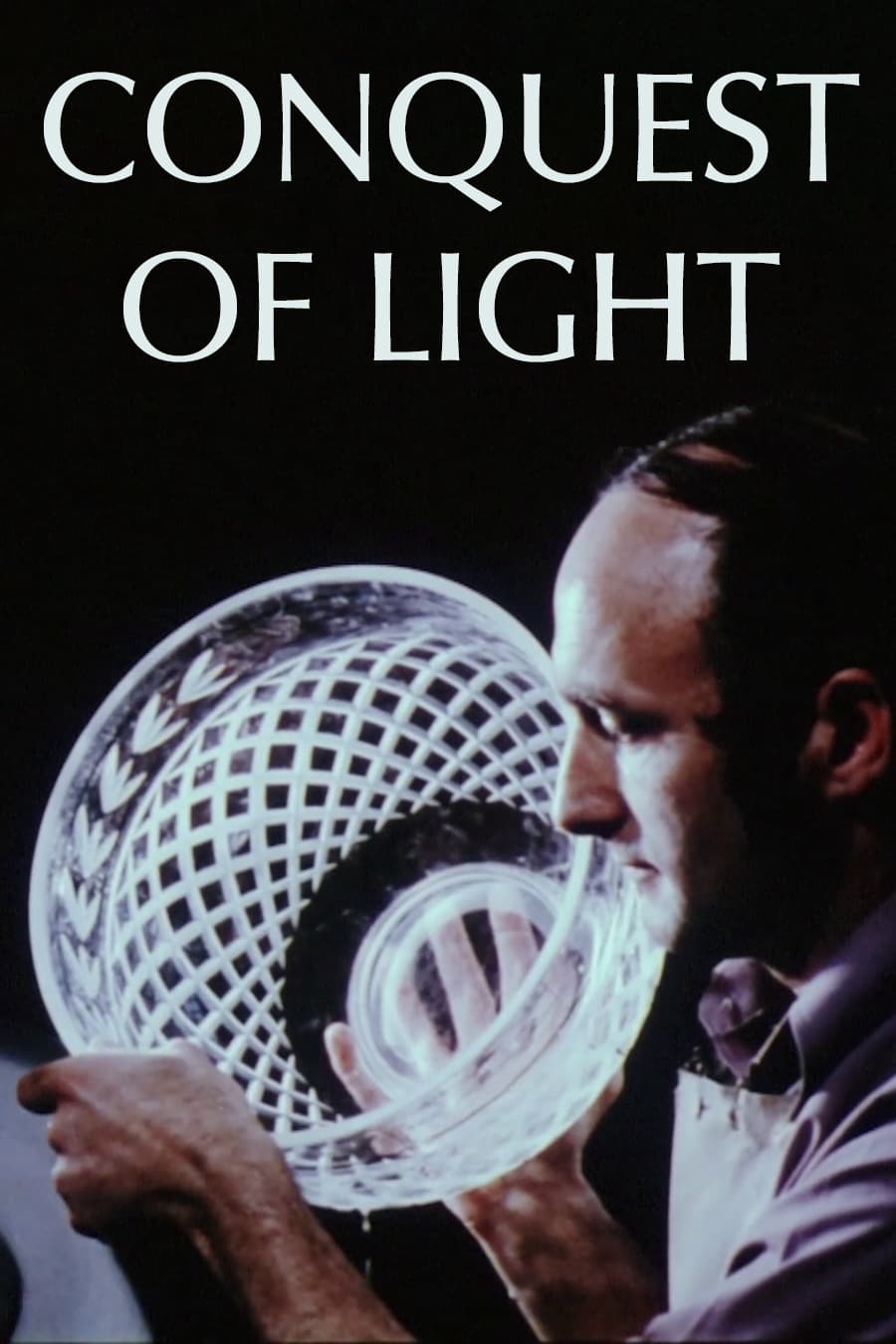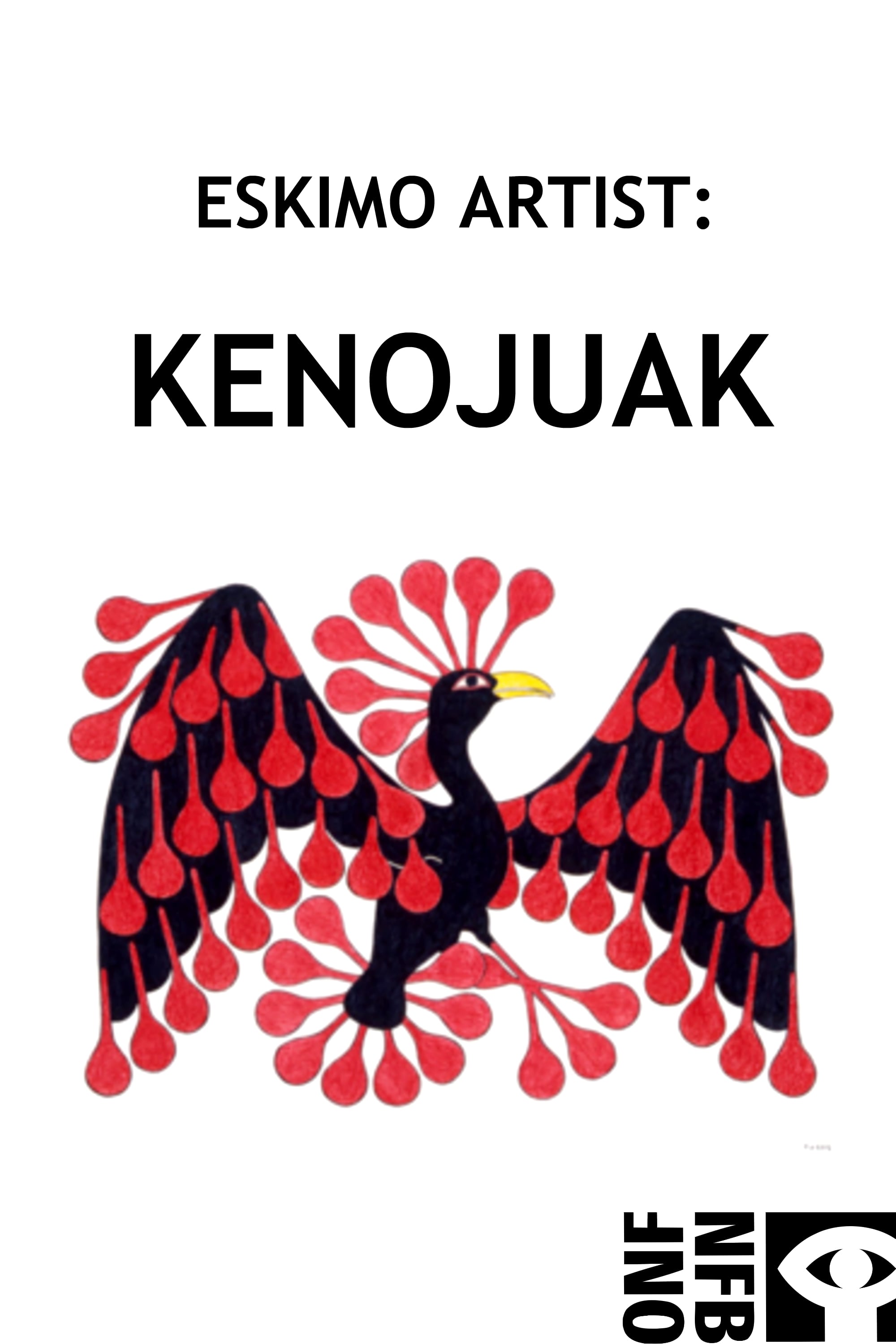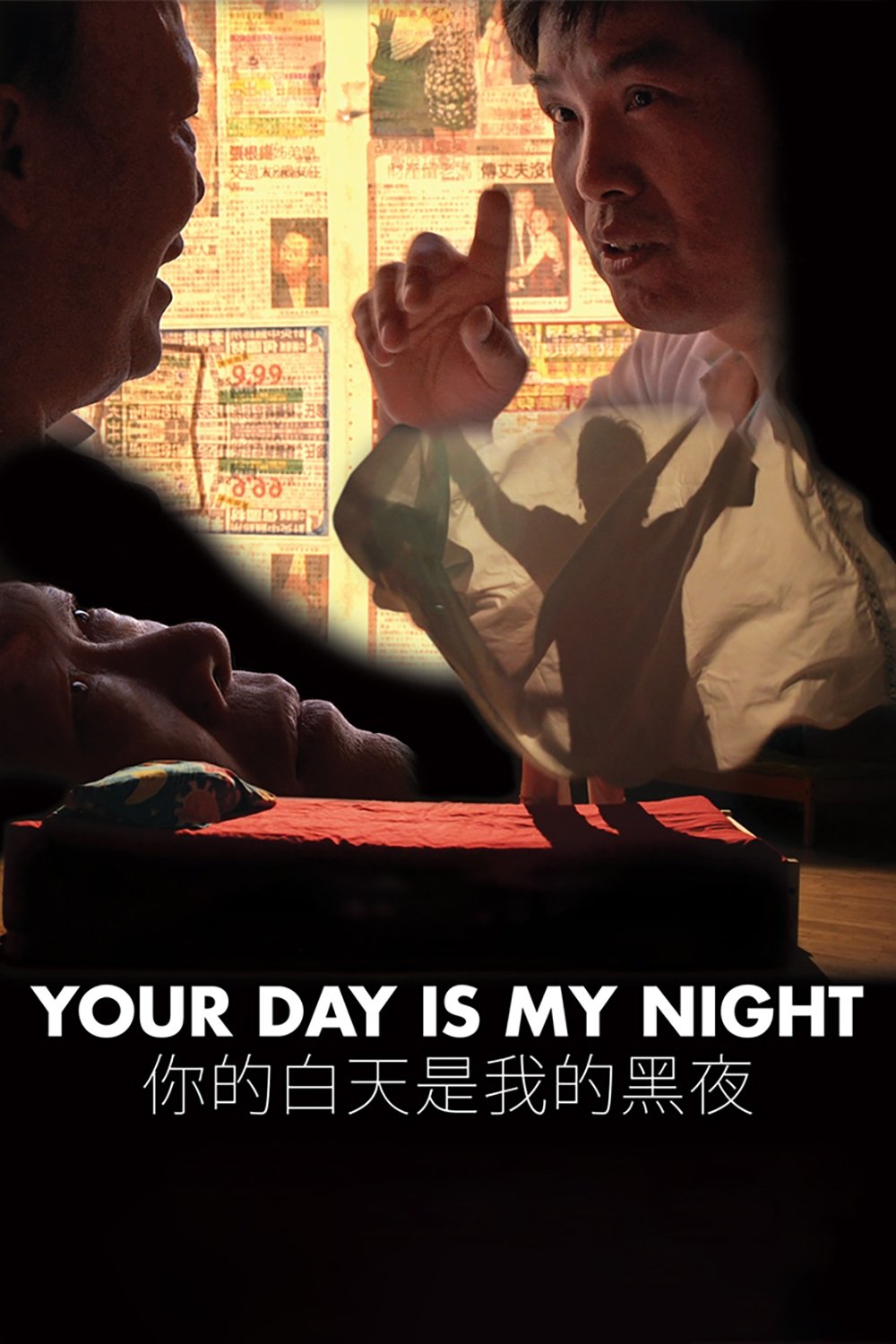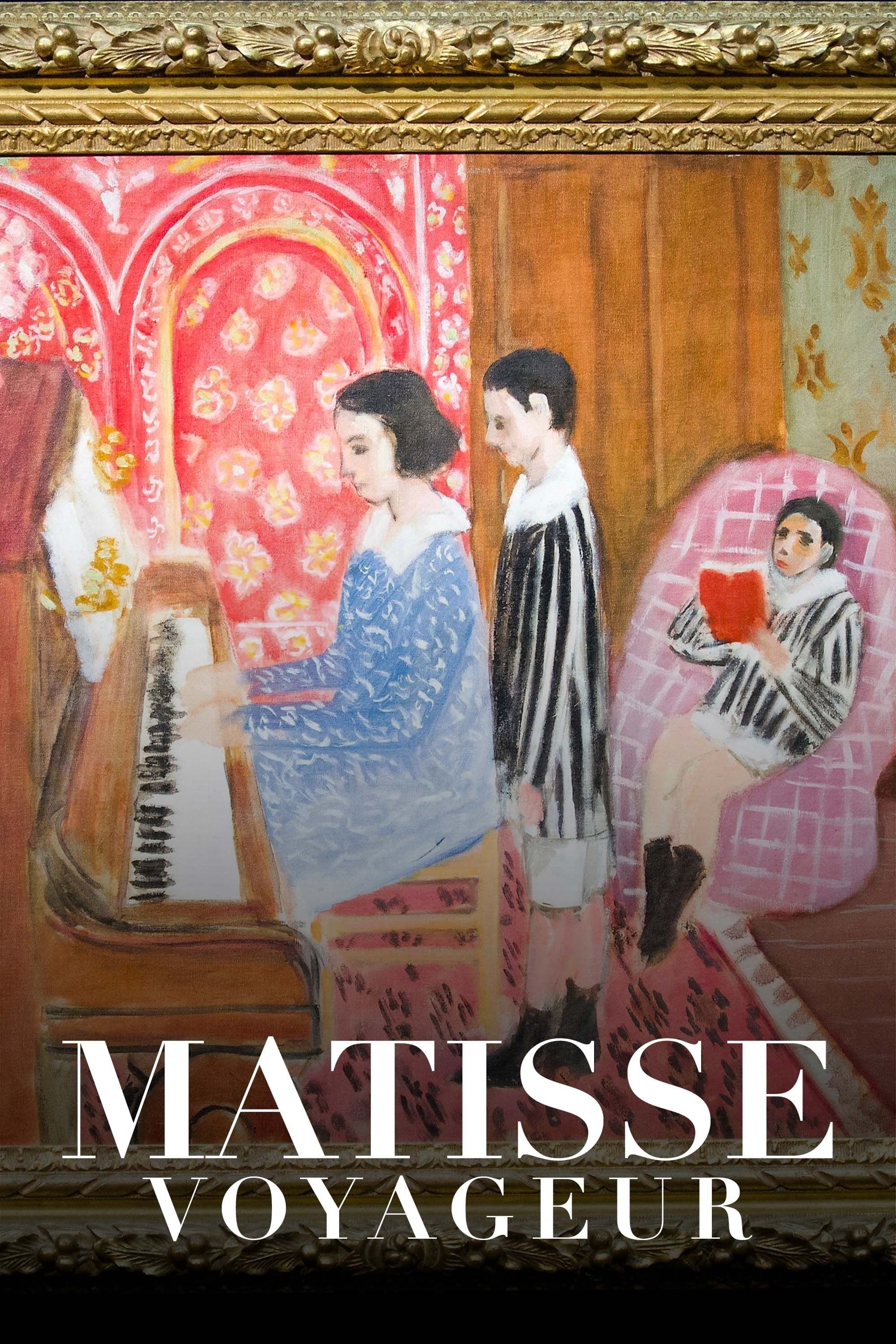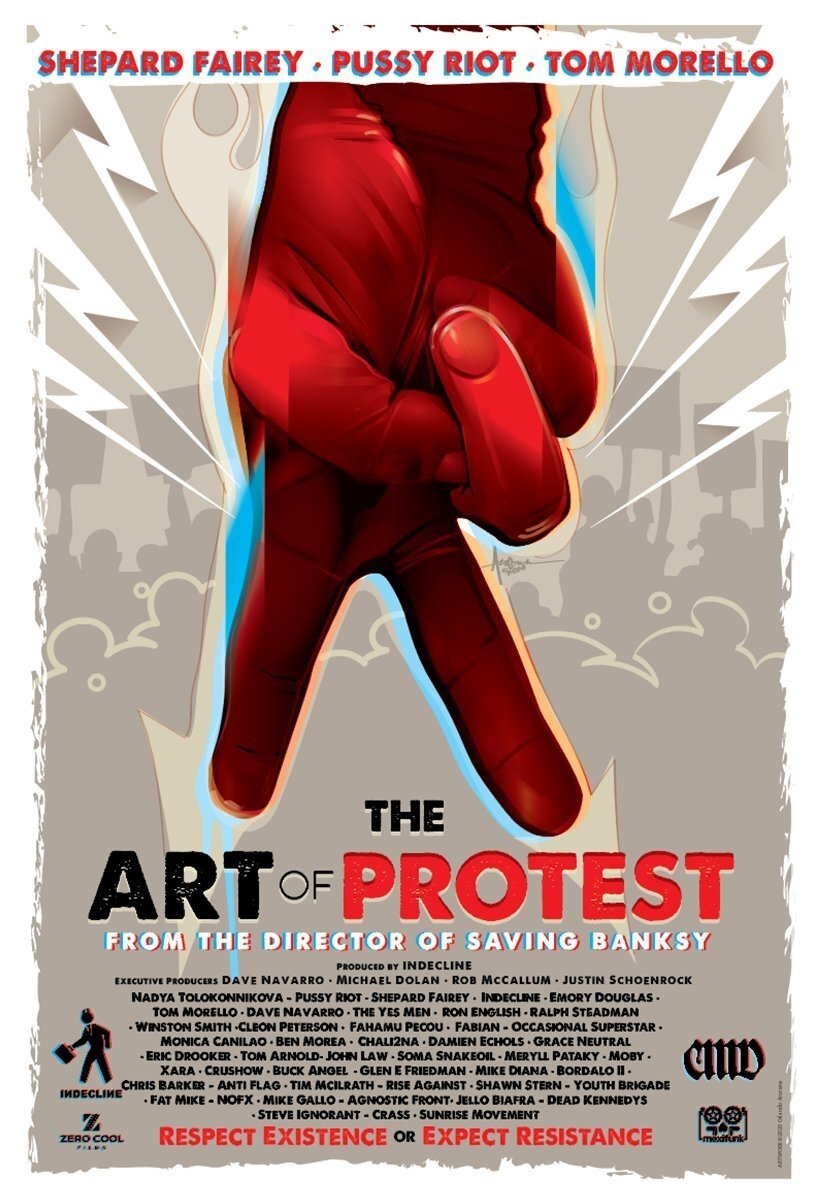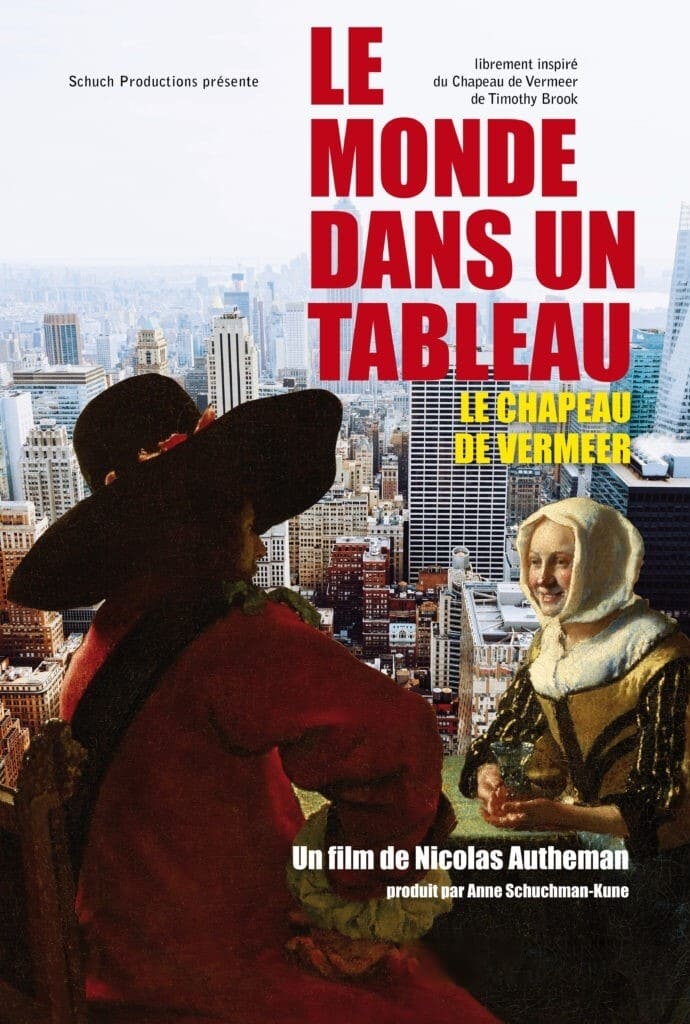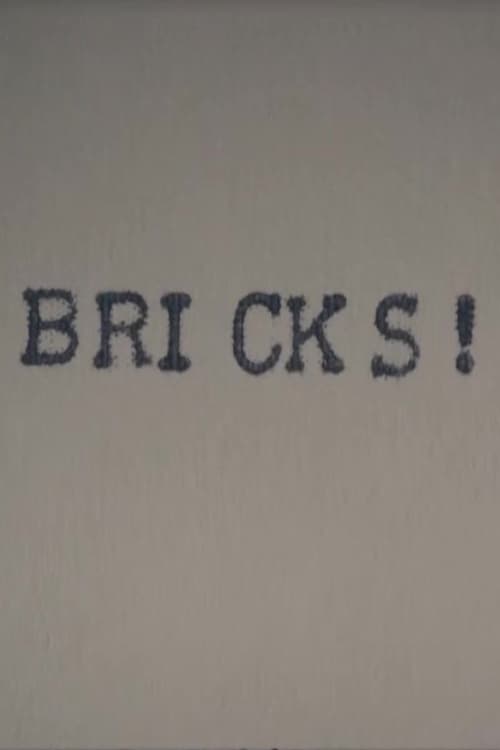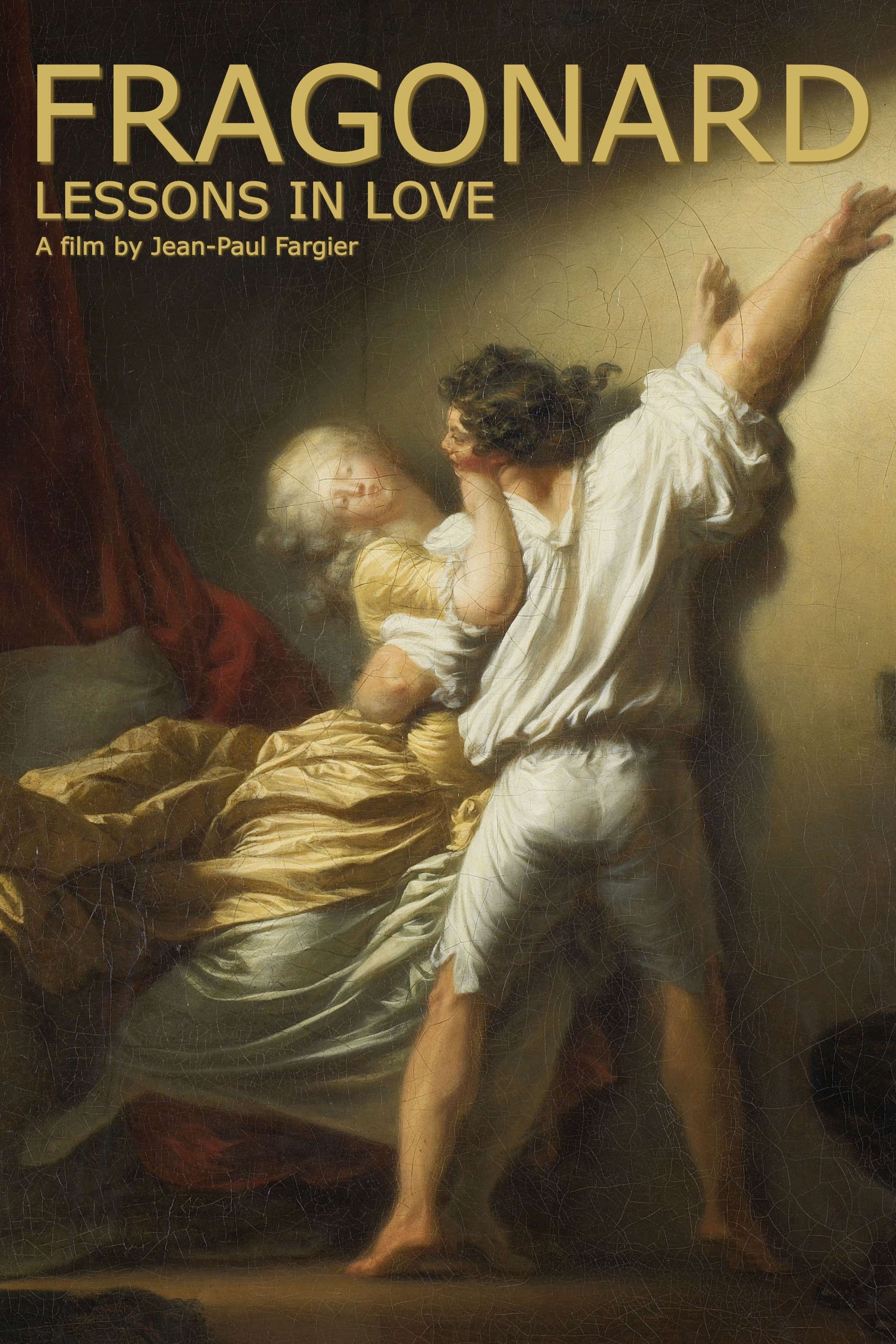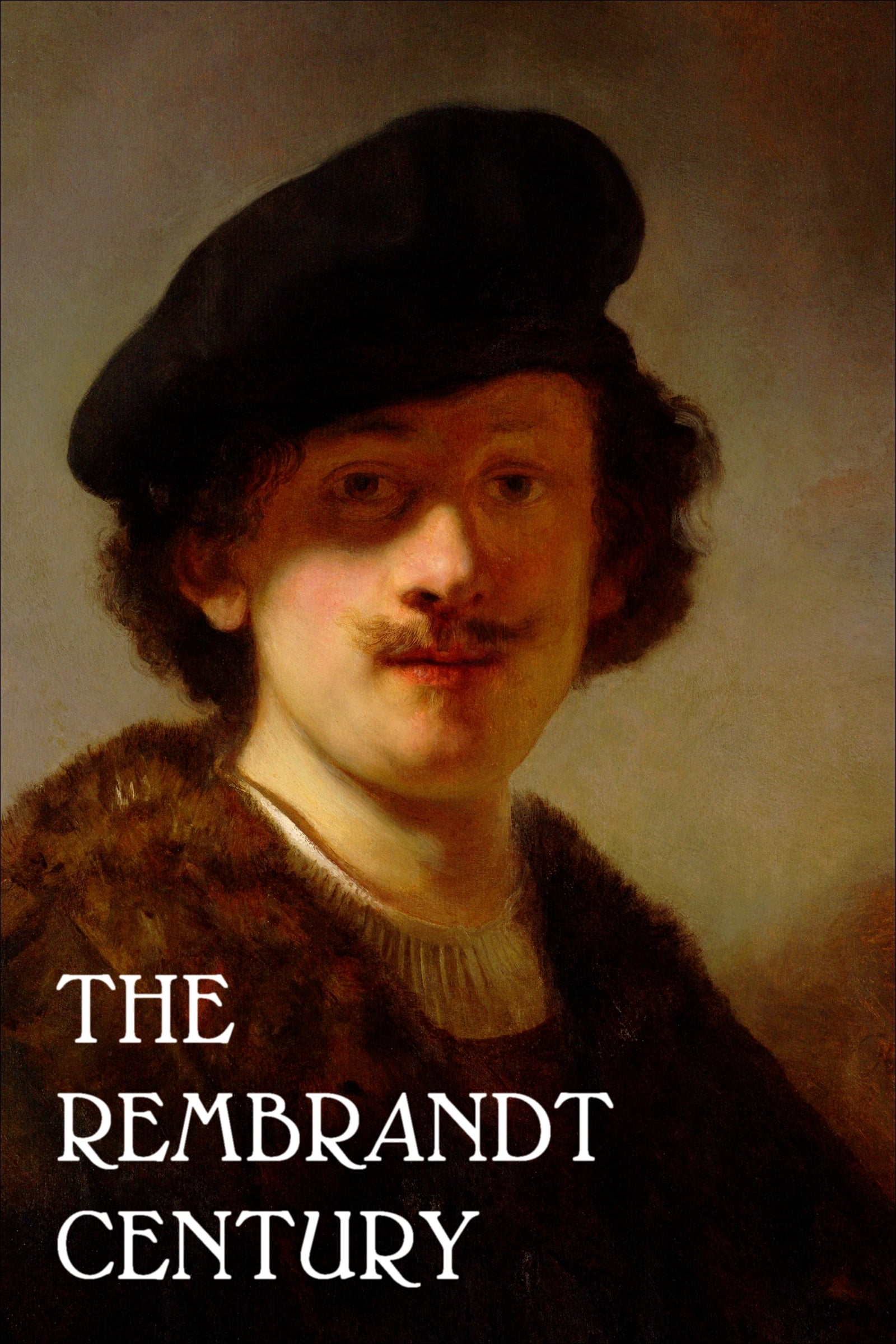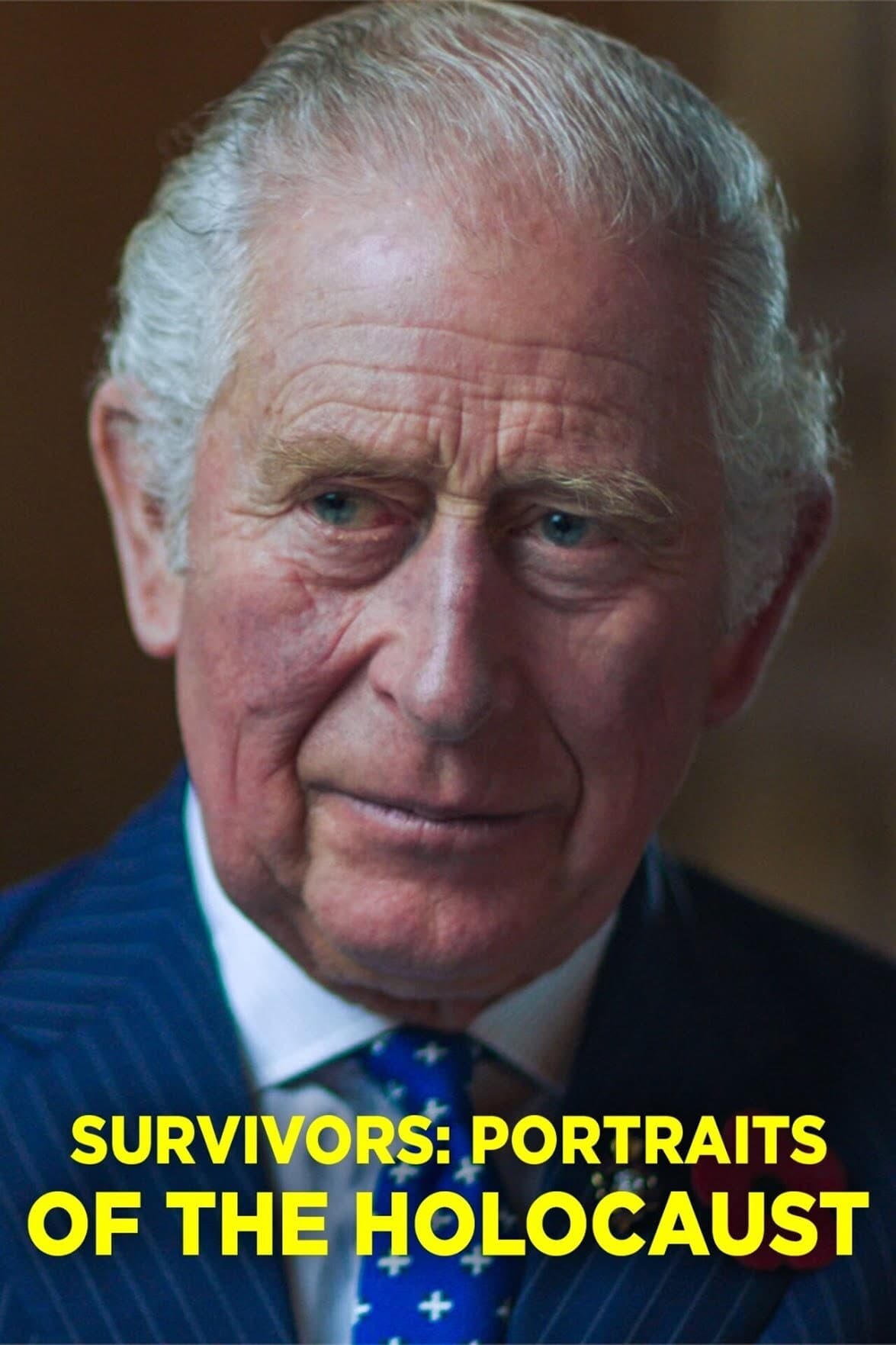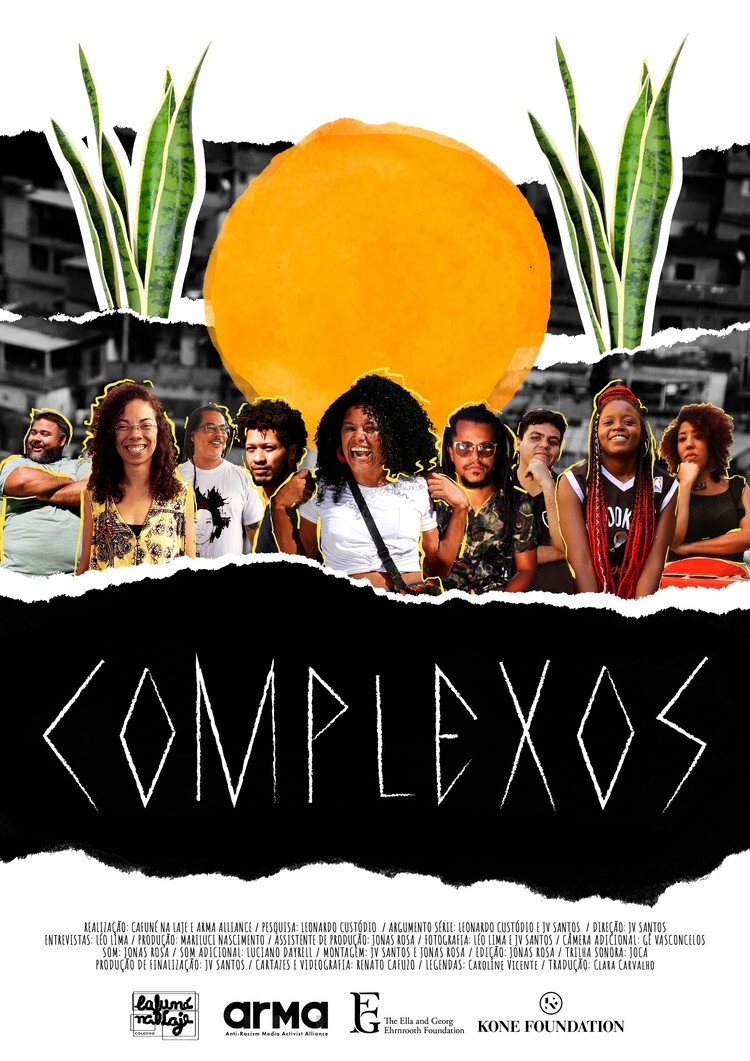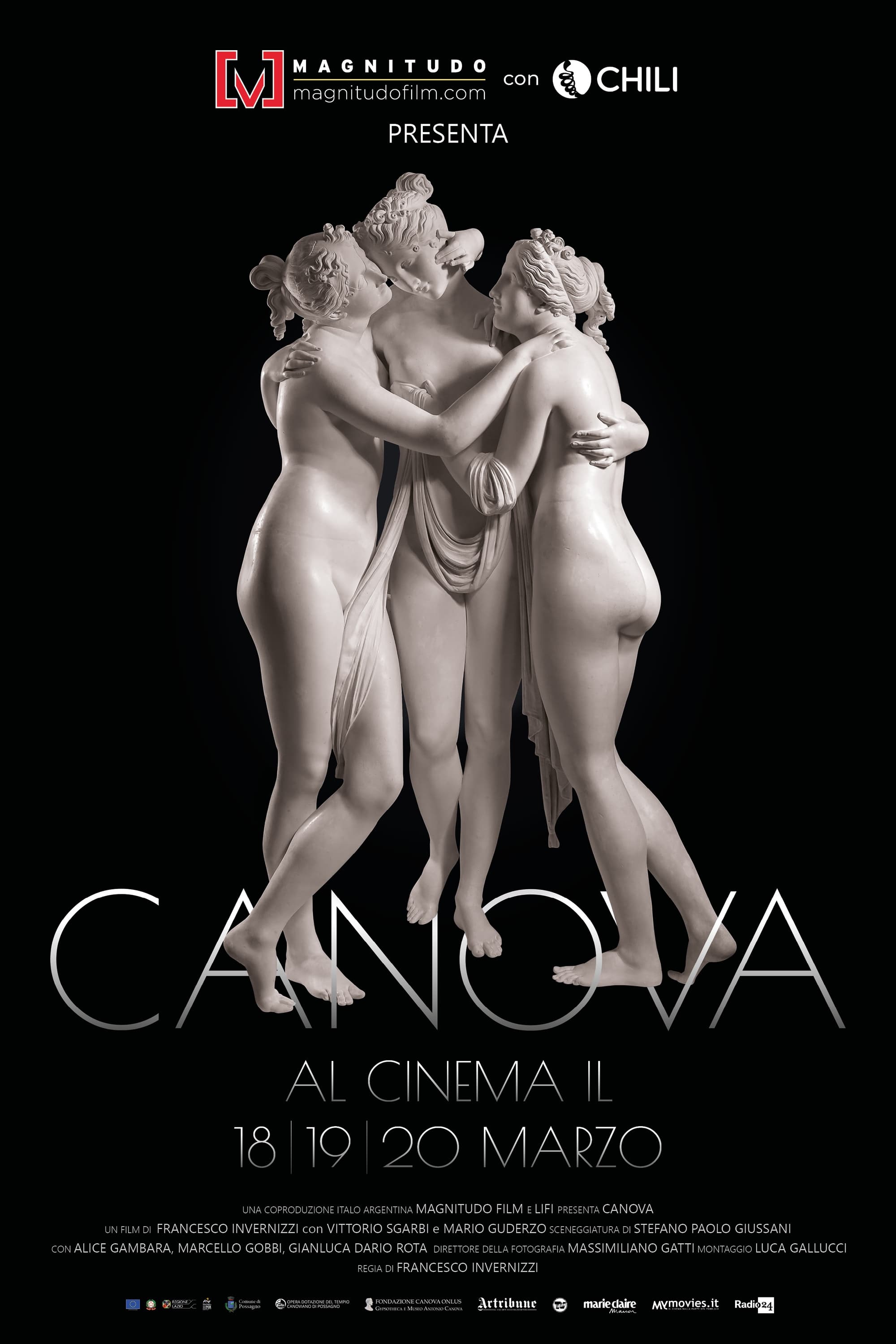
The Mountain That Had To Be Painted (2011)
Overview
Documentary about the painters Augustus John and James Dickson Innes who, in 1911, left London for the wild Arenig Valley in North Wales. Over three years, they created a body of work to rival the visionary landscapes of Matisse.
Production Companies

Additional Info
| Budget | $0.00 |
|---|---|
| Revenue | $0.00 |
| Original Language | en |
| Popularity | 0.316 |
Directed By
John Holdsworth
TOP CAST
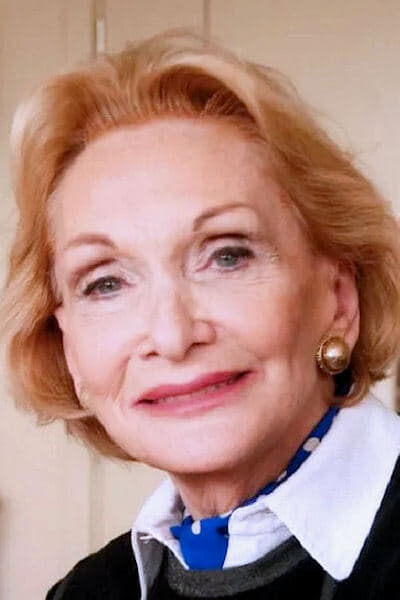
Siân Phillips
Narrator
Similar Movies
Derren Brown: The Great Art Robbery
In this brand new episode, master illusionist and showman Derren Brown plans to pull off the perfect crime. He’s bet renowned art collector Ivan Massow that he can steal a painting from right under his nose. In true Derren style, he will tell Ivan exactly which painting he plans to target – a work by Turner-nominated British brothers Jake and Dinos Chapman no less – as well as what time the theft will happen. He’ll even give him a photograph of the person that’s going to take it.
The Business of Creativity
Going into my interview with Laurel Greenfield, I thought the majority of our conversation would be about her inspiration for painting food and why she chose to pursue painting as a career. We spoke about that but ended up having a much bigger conversation about pursuing a creative career. We talked a lot about finding the balance between having a business plan and taking a leap of faith into the unknown, something anyone pursuing a creative field on their own can relate to.
The Master Game
At the Vienna Art Academy in 1994, an unidentified person painted over 27 works by Austrian painter Arnulf Rainer. Rainer had become world-famous for his abstract art and, in particular, for his over-layering of photographs and overpainting of his own and other artists’ works. But who painted over the “overpainter”? Speculation rages: Did he attack his works himself? A year later, an unsigned letter surfaces claiming responsibility for the act directed against Rainer – and modern art in general – and accusing the artist of being complicit with “destructive modernism.” At the same time, Austria is shaken by a series of mail bombs by the Bajuwarian Liberation Army, in response to the supposed threat to Austria’s “German identity.” Are there connections between the overpainting event and the mail bombs? Or is this all just a game? A dream? Or perhaps a hallucination?
Conquest of Light
Examines the mesmerising construction of clear crystal glass pieces created by the craftsmen of Waterford. The process from the intense heat of the furnace to glass blowing, shaping, cutting, honing, filling and finishing is all depicted in this celebration of the art of creation of Waterford Glass. Academy Award Nominee: Best Live Action Short - 1976.
Eskimo Artist: Kenojuak
This documentary shows how an Inuit artist's drawings are transferred to stone, printed and sold. Kenojuak Ashevak became the first woman involved with the printmaking co-operative in Cape Dorset. This film was nominated for the 1963 Documentary Short Subject Oscar.
The Mona Lisa Curse
The Mona Lisa Curse is a Grierson award-winning polemic documentary by art critic Robert Hughes that examines how the world's most famous painting came to influence the art world. With his trademark style, Hughes explores how museums, the production of art and the way we experience it have radically changed in the last 50 years, telling the story of the rise of contemporary art and looking back over a life spent talking and writing about the art he loves, and loathes. In these postmodern days it has been said that there is no more passé a vocation than that of the professional art critic. Perceived as the gate keeper for opinions regarding art and culture, the art critic has supposedly been rendered obsolete by an ever expanding pluralism in the art world, where all practices and disciplines are purported to be equal and valid. Robert Hughes, however, is one art critic who has delivered a message that must not be ignored.
Paula Rego: Telling Tales
Born in Portugal, Paula Rego is one of Britain's leading artists. This intimate film follows the artist from her retrospective in Madrid to the privacy of her studio in London while she talks with humor and candor about her compulsion to produce works that, though accessible, deal with the most private themes.
Palladio: The Power Of Architecture
Three restoration students and scholars from all over the world meet in a Palladian villa in view of a conference on Palladio. Meanwhile, in the United States of America, a young university professor asks his mentors, Kenneth Frampton and Peter Eisenman, how to be able to transmit Palladio's humanistic values to the new generations.
Your Day Is My Night
Immigrant residents of a “shift-bed” apartment in the heart of New York City’s Chinatown share their stories of personal and political upheaval. As the bed transforms into a stage, the film reveals the collective history of the Chinese in the United States through conversations, autobiographical monologues, and theatrical movement pieces. Shot in the kitchens, bedrooms, wedding halls, cafés, and mahjong parlors of Chinatown, this provocative hybrid documentary addresses issues of privacy, intimacy, and urban life.
The Voyages of Matisse, Chasing Light
On the occasion of the 150th anniversary of Matisse's birth and of the exhibition at the Center Pompidou which will be dedicated to him in 2020, this art documentary brings us back to life of the journeys made by Matisse that influenced his art. And particularly his last trip to Polynesia in 1930 which will bring him to the threshold of contemporary art with the invention of his gouache cut-out papers.
The Art of Protest
Welcome to a never-before-seen tour of the creations by resistance artists around the world. From the streets of Moscow to the shores of Los Angeles and featuring interviews with Tom Morello, Dave Navarro, Moby, Shepard Fairey, and more, this powerful film brings a message of hope and change through radical resistance and righteous social uprising.
1874, The Birth of Impressionism
April 15, 1874, boulevard des Capucines, Paris: a group of young feverish painters shunned by the official Salon and mocked by the classical masters, chose to come together to exhibit their paintings freely, in the studio of photographer Nadar. At the end of a teeming century, when modernity was emerging, this group of rebellious artists, revolutionized the world of art.
Permeke
When Anna, a twenty-eight-year-old photographer, is put in charge of a report on the restoration works at The Ostend Museum of Modern Art, she discovers by chance five paintings signed Constant Permeke, whose power and mystery move and fascinate her.She decides to embark on a quest to find out about who Permeke actually was, the places where he lived, how he worked, what experiences he went through.
The Rembrandt Century: How Art Became Big Business
In the 17th century, the Netherlands experienced an unprecedented artistic explosion: painters such as Rembrandt, Vermeer and Hals were so prolific that they were able to make a living from their talent alone; so much so that, within a prosperous society, thanks to wealth from overseas colonies and financial speculation, collecting works of art became a status symbol.
Survivors: Portraits of the Holocaust
We follow a project spearheaded by the Prince of Wales, who has commissioned seven leading artists to paint seven survivors of the Holocaust. Throughout the programme, we hear the testimonies of the remarkable men and women who were children when they witnessed one of the greatest atrocities in human history, as well as meeting the artists as they grapple with their paintings.
Complexes
The short documentary ‘Complexos‘ features intimate and emotional views on how residents of favelas in Rio de Janeiro use media and arts to raise their voices and act for justice, dignity and respect. ‘Complexos’ is part of a collaborative process between the Finland-based Anti-Racism Media activism Alliance (ARMA Alliance) and the favela-based audiovisual collective Cafuné na Laje.
